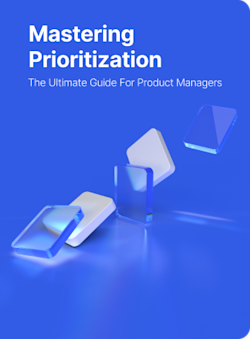Product Bundle
What is product bundling?
Product bundling definition
Product bundling is a marketing tactic that enables businesses to combine related items and sell them as a single item. Companies can charge less for a bundle than if the products were sold separately. With product bundling, brands can raise their sales volume and average order value and reduce their spending on advertising.
For example, McDonald’s Happy Meal is iconic for product bundling. The happy meal brings together french fries, a drink, a burger, and a toy as one item, leading to more sales than selling them as individual items.
Advantages of product bundling
Product bundling has many advantages, including:
Helping businesses sell unwanted or unpopular products and boosting the inventory clearance rate.
Helping the company maximize profits and make more sales.
Diversifying the business’ offers by promoting unique products.
Cutting down on the decisions customers need to make.
Helping reduce waste in inventory.
Popular types of product bundles with examples
There are many different types of product bundles that companies can try. The type you choose will depend on your desired results and your products.
Pure bundles
Pure bundles bring together a mix of products that can only be purchased within a bundle and aren’t sold separately. Companies that use this approach often try to limit their customers' choices.
An example of a pure bundle would be a cable TV provider creating bundles of TV channels that customers can’t purchase individually. This lets cable companies sell cable packages at a higher cost, even if customers will only watch a handful of channels.
Mix-and-match bundles
Mix-and-match bundles let customers choose from a selection of products to create their own custom bundles. Mix and match bundles help customers feel like they are in complete control during their purchase.
Mix-and-match bundles can include six-packs of different types of beer, a free tote bag when buying a t-shirt over a specific price, or creating your own shampoo and conditioner combo.
New product bundles
This type of bundle combines a recently launched product with an existing, high-selling product. This helps companies get their new product in front of more people and promote them for free.
An example of a new product bundle could be a company with a newly launched USB cable adding a free cable with every purchase of their high-selling phone charger.
How to make product bundles
Make bundles based on data - Use your clients' personal information and past purchases to create data-driven bundles.
Provide a range of packages - With more options to choose from, your customers are more likely to find something they like.
Make your clients' savings clear - Let customers know how much they would save if they purchased a bundle versus buying products individually.
Time-limit your bundles - A feeling of urgency drives impulsive purchases. On your website, establish a unique section devoted to the best deals and when they expire.
Promote your bundles - Use your proven marketing channels to reach out to your consumers and tell them about excellent bundles.
General FAQ

Glossary categories
Prioritize with confidence

Experience the new way of doing product management








